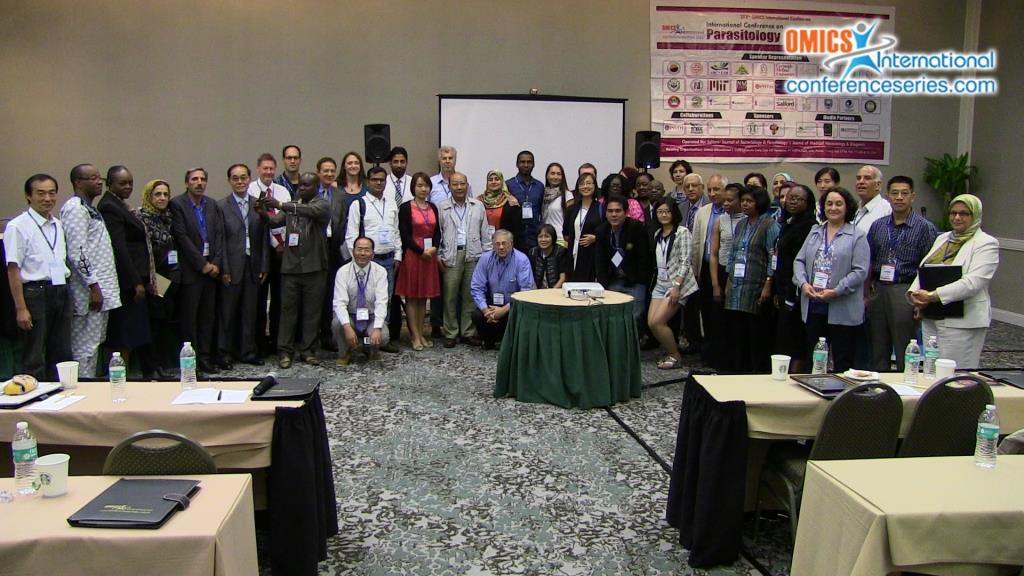
Prapa Sorosjinda-Nunthawarasilp
Burapha University, Thailand
Title: Ecotope-based entomological surveillance for determining potential transmission of malaria and filariasis in Thailand
Biography
Biography: Prapa Sorosjinda-Nunthawarasilp
Abstract
Ecotope-based entomological surveillance (EES) encompasses system approaches: (i) landscape ecologic strategies and geographical information system (GIS) tools applied to assess land use/land cover changes attributed to human settlement and activities influencing infestation or re-infestation of mosquito vectors and to determine their magnitude and distribution whether they carry infection at specific locations and times to which human risk behaviors are related; (ii) entomologic strategies and tools for collecting indoors/outdoors, identifying taxonomically and xenomonitoring both dissectedly and molecularly parasite infection; (iii) molecular evolution strategies and molecular marker-based PCR for detecting and identifying both single and multiple clonal parasite infections carrying the genotypes. However, the validated EES requires both related and timely epidemiologic data/information obtained from surveillance and reporting systems. The study objective was to determine the potential transmission of malaria and filariasis in transmission areas infested with its mosquito vectors: The malaria ecotopes in Kanchanaburi or Trat covering a catchment area of 1 km2 and the filariasis ecotopes in Suratthani a covering 2 km2 area. For malaria, Anopheles dirus, Anopheles maculates, and Anopheles aconitus played role in transmission, showing positive man biting rate (PMBR) per ecotope, 0.03 for dry and 0.06 wet seasons. Moreover, these vectors carried multidrug resistant Plasmodium vivax malaria parasites. For filariasis, potential transmission by Armigeres subalbatus exhibited average PMBR per ecotope, 0.03 for dry and 0.08 for wet seasons, whereas lowland ecotope as control had no potential of transmission. This study strongly suggests that the developed EES provides the proof of the potential transmission of malaria and filariasis and hence establishing and monitoring the infection pockets for both diseases.


